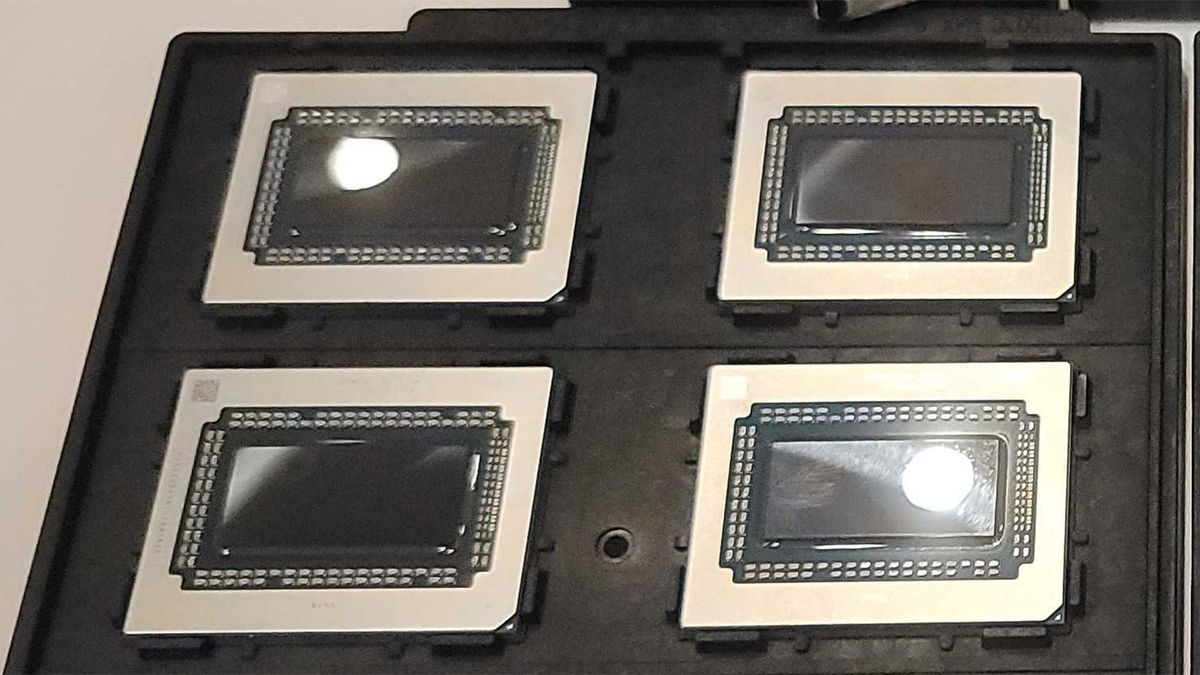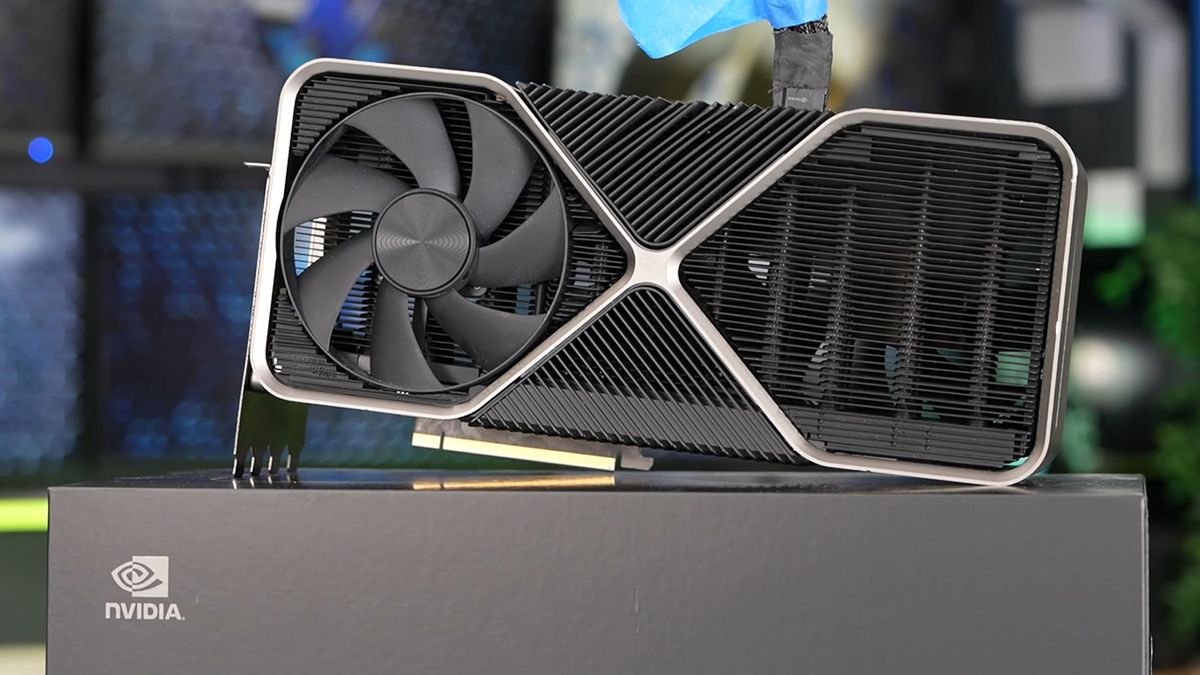Fujitsu has demonstrated a mechanical sample of its Armv9-based 144-core Monaka processor for data centers, revealing some details. Less than a week ago, it disclosed that it is being developed with Broadcom and relies on its 3.5D eXtreme Dimension System in Package platform. Satoshi Matsuoka, director of the RIKEN Center for Computational Science (R-CCS) and a professor at Tokyo Tech, published the image.
Fujitsu's Monaka is a huge CoWoS system-in-package (SiP) that has four 36-core compute chiplets made on TSMC's N2 process technology housing 144 Armv9-based cores with enhancements that are stacked on top of SRAM tiles in a face-to-face (F2F) manner using hybrid copper bonding (HCB). The SRAM tiles (essentially huge caches) are produced on TSMC's N5 process technology. The compute and cache stacks are accompanied by a relatively colossal I/O die that integrates a memory controller, PCIe 6.0 lanes with CXL 3.0 on top to connect accelerators and extenders, and other interfaces that one comes to expect from a datacenter-grade CPU.
Just as expected, being aimed at a broad range of data center workloads, Monaka does not rely on high bandwidth memory but will use mainstream DDR5 DRAM, possibly in its MR-DIMM and MCR-DIMM implementations, to provide enough capacity and achieve costs of data center processors.
Fujitsu's Monaka processor will use cores built on the Armv9-A instruction set architecture and incorporate Scalable Vector Extensions 2 (SVE2). Fujitsu has not specified a fixed vector length for the design, which ranges from 128 to 2048 bits. Given that the A64FX supports vectors up to 512 bits, the Monaka processor will likely support vectors of a similar or greater size. Monaka will incorporate advanced security features, including Armv9-A's Confidential Computing Architecture (CCA), offering enhanced workload isolation and robust protection.
Monaka will compete against AMD's EPYC and Intel's Xeon processors, so it will have to offer an indisputable advantage. That advantage might be energy efficiency, as Fujitsu aims to double its efficiency compared to competitors by 2026–2027 while relying on air cooling. Since Monaka is an Arm-based CPU, could be more energy efficient than x86 processors.
Fujitsu's Monaka processor for data centers will be available in the fiscal year 2027, which starts on April 1, 2026, and ends on March 31, 2027.

 4 weeks ago
13
4 weeks ago
13








 English (US) ·
English (US) ·